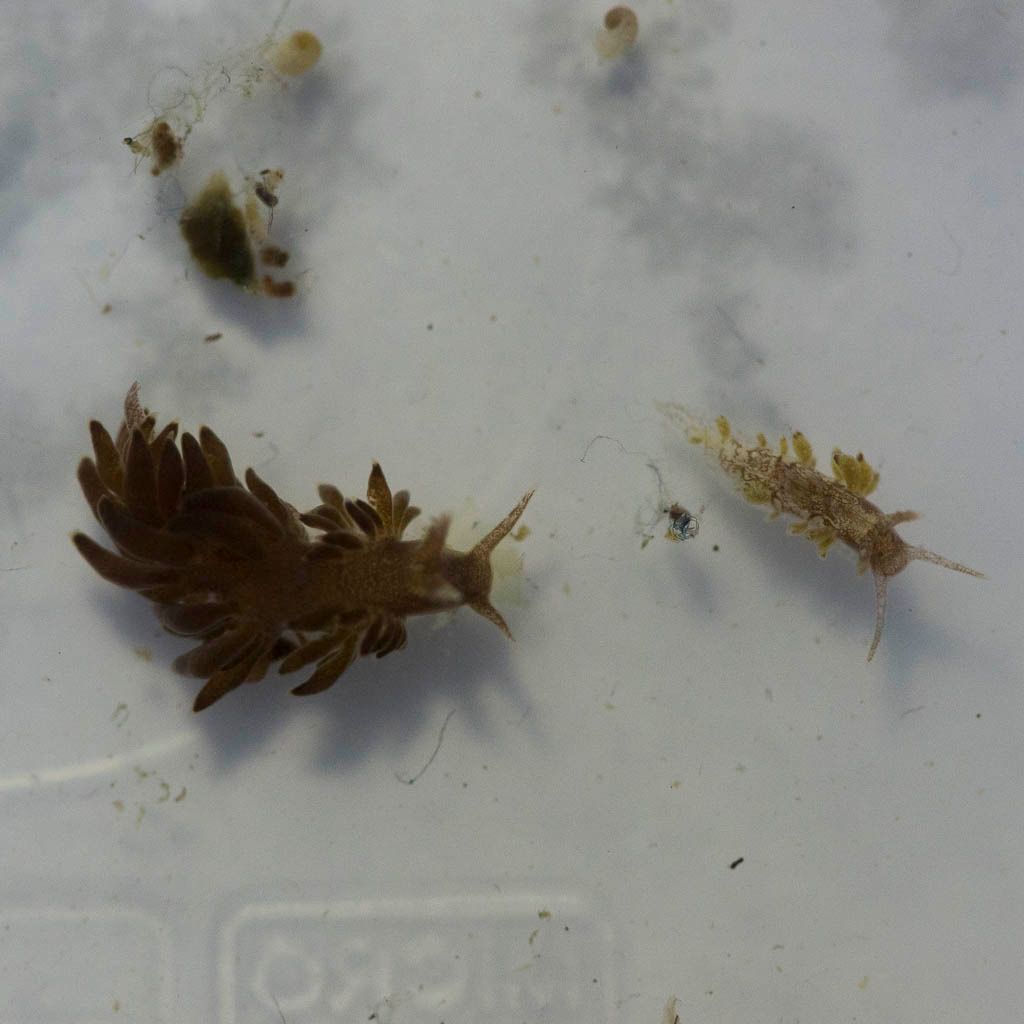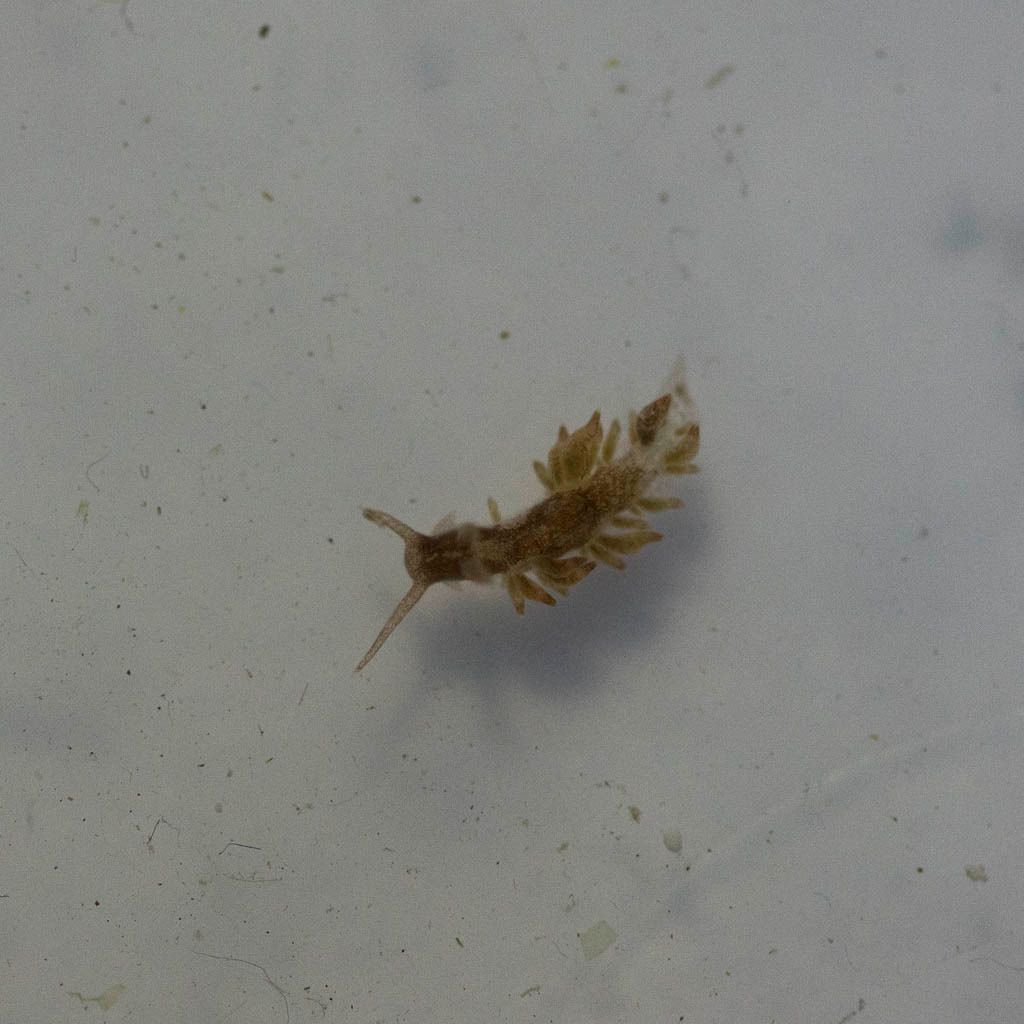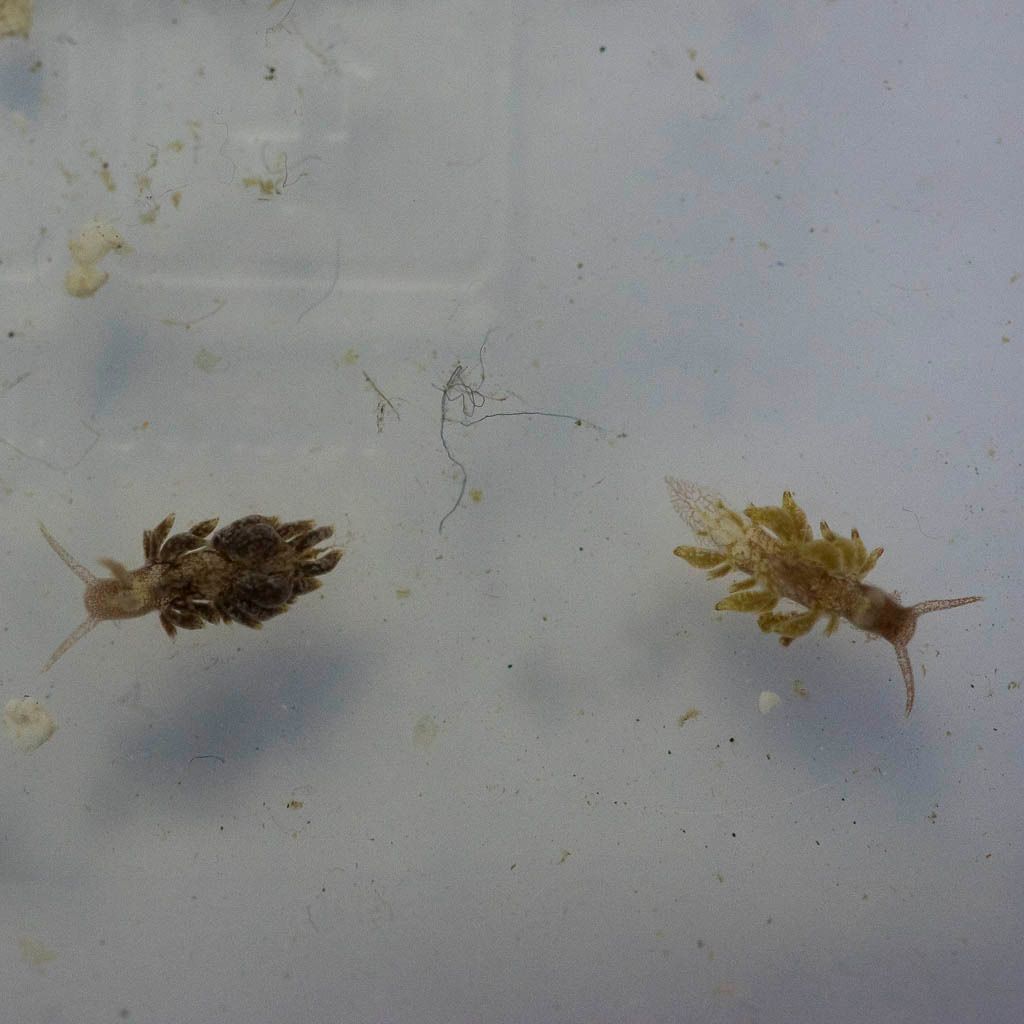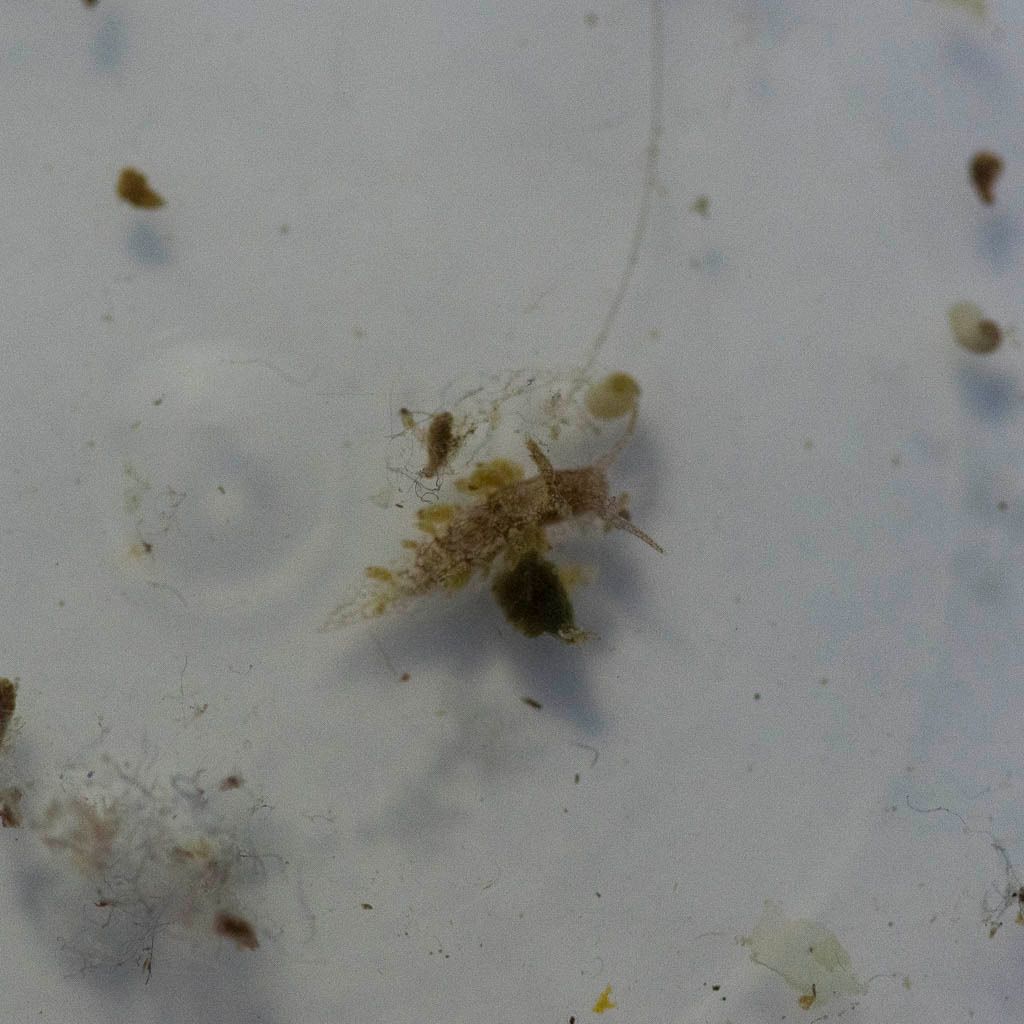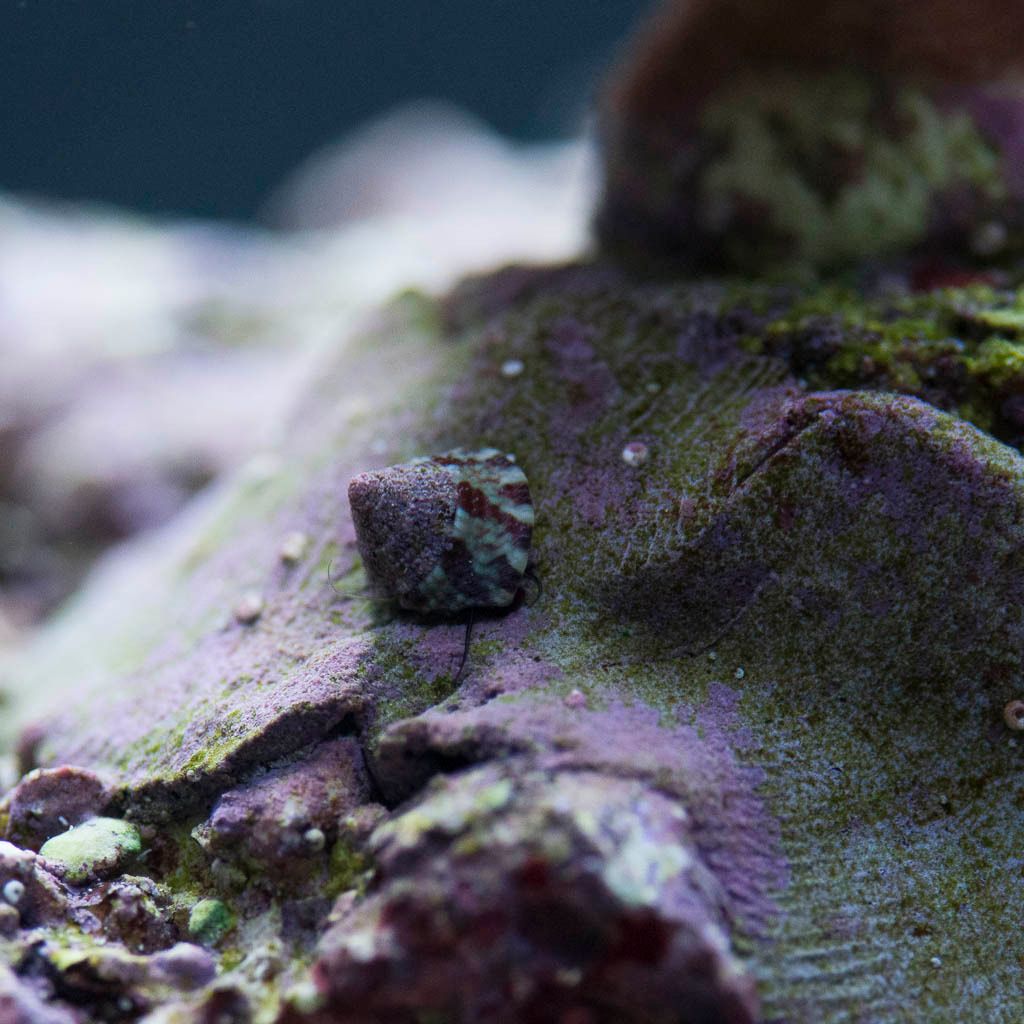Oxylebius
Well-Known Member
Yeah, I believe it is a Aeolidiopsis (either a A. ransoni or a A. harrietae).
Here are some links for A. ransoni:
http://www.seaslugforum.net/find/aeolrans
http://www.seaslugforum.net/aeolransbiol.htm
And for A. harrietae
http://www.seaslugforum.net/aeolharr.htm
I was hoping it was one of these guys (http://www.seaslugforum.net/solarpow.htm), who eat algae, but I don't believe it is. You can see how close they resemble the ones listed above.
All these nudis take zooxanthellae into their bodies. But the Aeolidiopsis species take zooxanthellae from corals where the solar slugs takes zooxanthellae from algae. You don't want any nudis in your tank that take zooxanthellae from your corals.
Here is some info on how they feed on zoas: http://www.seaslugforum.net/palyfeed.htm
I'd look up how to dip your corals to get rid of them. There is a lot of info on the net on dipping to get rid of zoa nudis.
Here are some links for A. ransoni:
http://www.seaslugforum.net/find/aeolrans
http://www.seaslugforum.net/aeolransbiol.htm
And for A. harrietae
http://www.seaslugforum.net/aeolharr.htm
I was hoping it was one of these guys (http://www.seaslugforum.net/solarpow.htm), who eat algae, but I don't believe it is. You can see how close they resemble the ones listed above.
All these nudis take zooxanthellae into their bodies. But the Aeolidiopsis species take zooxanthellae from corals where the solar slugs takes zooxanthellae from algae. You don't want any nudis in your tank that take zooxanthellae from your corals.
Here is some info on how they feed on zoas: http://www.seaslugforum.net/palyfeed.htm
I'd look up how to dip your corals to get rid of them. There is a lot of info on the net on dipping to get rid of zoa nudis.



